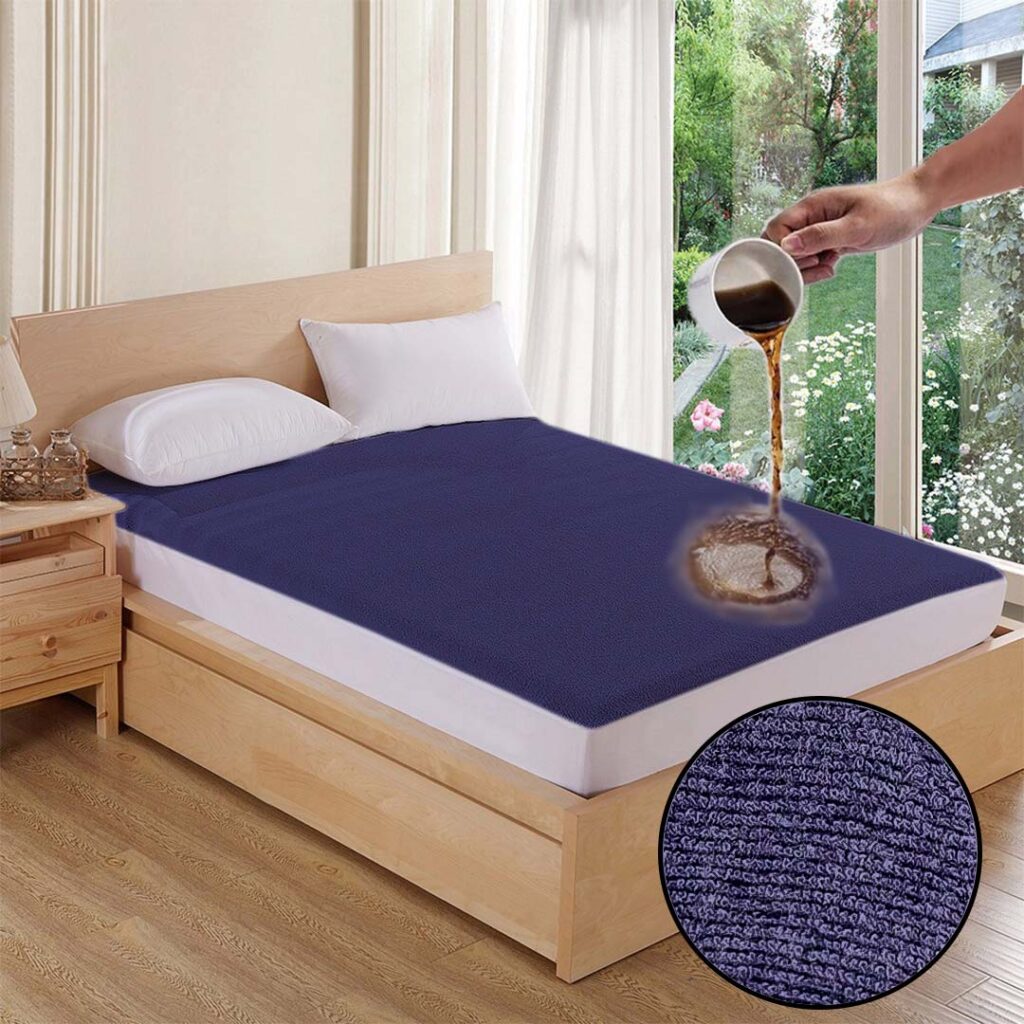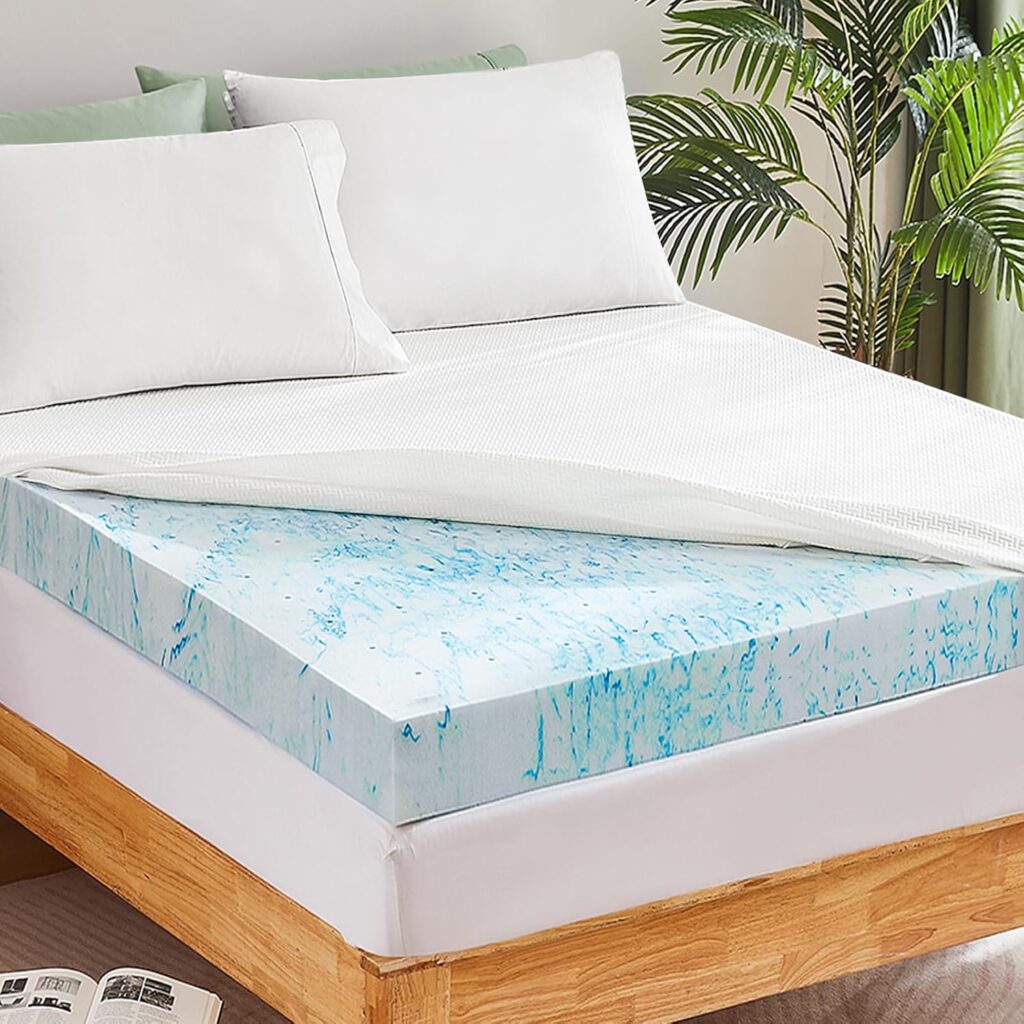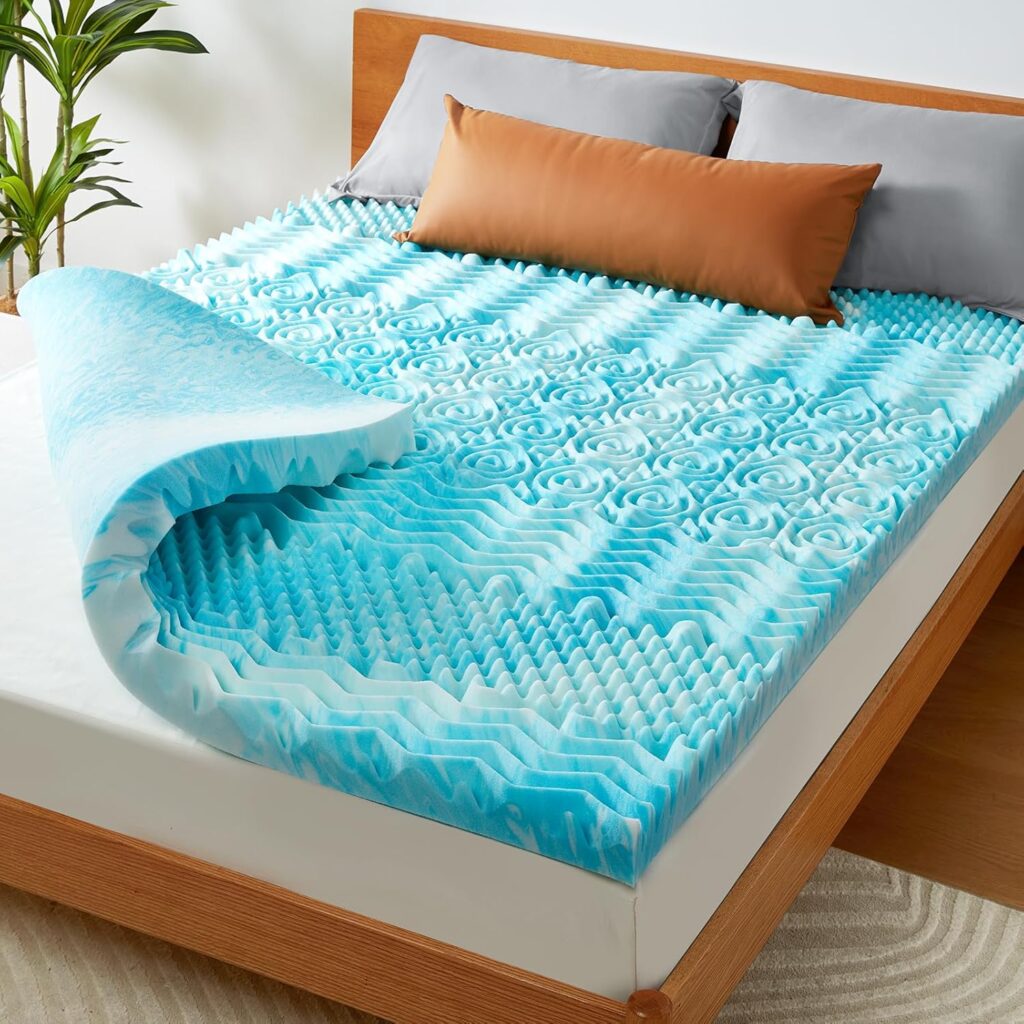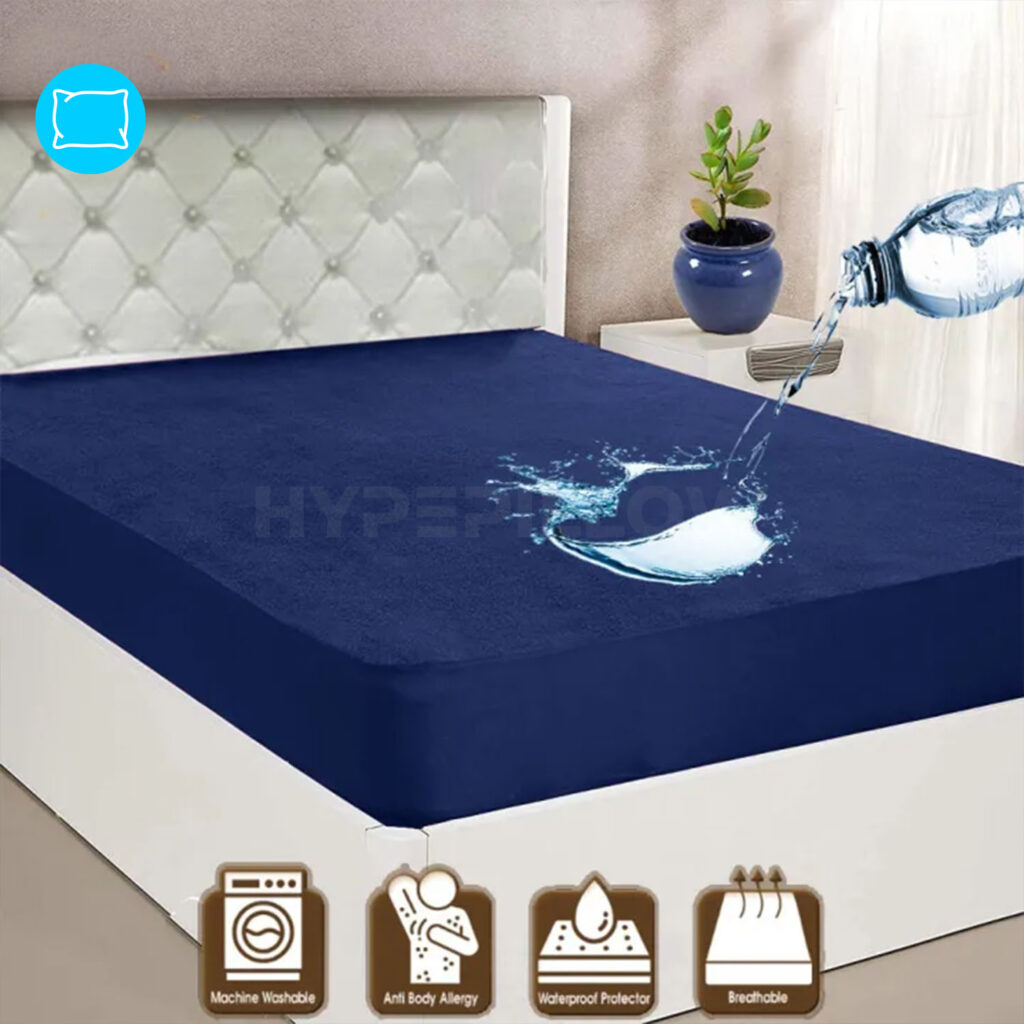A good night’s sleep is essential for overall health and well-being, and the right mattress pad can make a significant difference in sleep quality. Many people underestimate the role a mattress pad plays in enhancing comfort and protecting their mattress, but it is a simple and effective way to upgrade a sleep setup.
Whether someone is looking to add extra cushioning to a firm mattress, regulate temperature for year-round comfort, or safeguard against spills and allergens, a mattress protector serves multiple purposes. It can help extend the lifespan of a mattress while also making the bed more comfortable and supportive.

What is a Mattress Pad?
A mattress cover is a removable bedding layer placed on top of a mattress to provide extra comfort, protection, and support. It enhances sleep quality by adding cushioning, regulating temperature, and safeguarding the mattress from spills and allergens.
Mattress pads come in various materials, thickness levels, and designs to cater to different sleeping preferences. Some are designed for extra softness, while others focus on providing support. Additionally, many mattress pads offer hypoallergenic properties, making them an excellent choice for individuals sensitive to dust mites and allergens.
Benefits of a Mattress Pad
Enhanced Comfort
Available in various materials like memory foam, cotton, and down alternative, mattress pads add a soft, plush feel to the bed. They can help make a firm mattress feel more cushioned without compromising support.
Mattress Protection
A mattress cover acts as a barrier against dust mites, allergens, and accidental spills. Waterproof and hypoallergenic options provide extra protection, keeping the mattress clean and hygienic for longer.
Temperature Regulation
Different mattress pads offer unique temperature-regulating properties. A cooling mattress protctor made from gel-infused memory foam or bamboo fabric wicks away moisture and heat, keeping sleepers cool. Heated mattress pads, on the other hand, provide warmth during colder months.
Extended Mattress Life
By reducing wear and tear, a mattress cover can prolong the durability of a mattress. It minimizes direct contact with sweat, oils, and dirt, which can degrade mattress materials over time.
Better Sleep Quality
Mattress pads contribute to a restful sleep by providing additional support and pressure relief. Memory foam and plush pillow-top pads contour to the body, alleviating pressure points and reducing tossing and turning.
Noise Reduction
Some mattress pads, particularly those made of memory foam or quilted materials, help dampen movement and noise, making them an excellent choice for light sleepers or couples.
Easy Maintenance
Unlike mattresses, which are difficult to clean, most mattress pads are machine washable, making them a convenient and cost-effective way to maintain mattress hygiene and freshness
Types of Mattress Pads
There are several types of mattress pads available, each designed to enhance sleep comfort and provide specific benefits. Choosing the right type depends on personal preferences, sleep habits, and any additional features needed for protection or support.
Cotton Mattress Pad
Made from natural cotton, these mattress pads are soft, breathable, and hypoallergenic. They offer moderate cushioning and wick away moisture, making them ideal for hot sleepers. Cotton pads are easy to maintain and can be washed frequently without losing their softness.

Memory Foam Mattress Pad
These pads are designed to conform to the shape of the body, providing superior pressure relief and support. Memory foam mattress pads are excellent for people suffering from back pain or joint discomfort. However, they tend to retain heat, so some models incorporate cooling gel technology to balance temperature.

Cooling Mattress Pad
Designed to regulate body temperature and prevent overheating, cooling mattress pads are made from moisture-wicking materials like bamboo, gel-infused memory foam, or phase-change fabrics. These are perfect for hot climates or those who experience night sweats.

Waterproof Mattress Pad
These pads are essential for protecting the mattress from spills, moisture, and accidents. Made with a waterproof barrier such as polyurethane, they are perfect for families with children, pet owners, or those with medical conditions that require extra protection.

Factors to Consider When Choosing a Mattress Pad
Material – Select from cotton, memory foam, polyester, or gel-infused options based on comfort preferences and breathability needs.
Thickness and Support – Choose a thicker pad for added cushioning or a thinner option for minimal enhancement and protection.
Cooling and Temperature Regulation – Opt for cooling mattress pads if overheating is an issue, or heated pads for warmth.
Waterproofing – Consider a waterproof mattress pad for added protection against spills and moisture.
Hypoallergenic Properties – If allergies are a concern, look for mattress pads designed to prevent dust mites and allergens.
Ease of Maintenance – Machine-washable mattress pads offer convenience and easy upkeep.
Budget and Durability – Balance affordability with quality to ensure longevity and value for money.
Maintenance Tips for a Mattress Pad
Regular Washing – Most mattress pads are machine washable. Wash them every few weeks using a mild detergent to remove dust, sweat, and allergens.
Use a Gentle Cycle – Always use a gentle or delicate cycle to prevent fabric damage. Avoid using harsh chemicals or bleach, as they can deteriorate the material.
Air Dry When Possible – Air drying helps maintain the integrity of the mattress pad. If using a dryer, select a low-heat setting to prevent shrinking or damage.
Spot Clean Stains – For small stains, use a mild cleaning solution and gently blot the affected area. Avoid excessive scrubbing, which may harm the fabric.
Rotate and Fluff – Fluffing and rotating the mattress cover every few weeks ensures even wear and maintains its plushness.
Use a Mattress Protector – For added protection, consider layering a waterproof mattress protector over the mattress protector to guard against spills and bacteria.
Follow Manufacturer Instructions – Always check the care label and follow the manufacturer’s guidelines for proper maintenance to extend the lifespan of the mattress protector.
FAQs
- How often should I wash my mattress cover? It’s best to wash a mattress cover every 2-4 weeks to keep it fresh and free from allergens.
- Can a mattress cover make my bed softer? Yes! Many mattress pads add extra cushioning and improve the softness of a firm mattress.
- Are mattress pads waterproof? Some mattress pads come with waterproof features, while others focus on comfort. If protection from spills is a priority, opt for a waterproof model.
- Can I use a mattress cover with a memory foam mattress? Absolutely! A breathable mattress cover can enhance comfort without compromising the contouring effects of memory foam.
- What is the difference between a mattress cover and a mattress topper? A mattress protector is typically thinner and focuses on protection and minor comfort enhancements, while a mattress topper is thicker and designed for significant comfort improvements.

